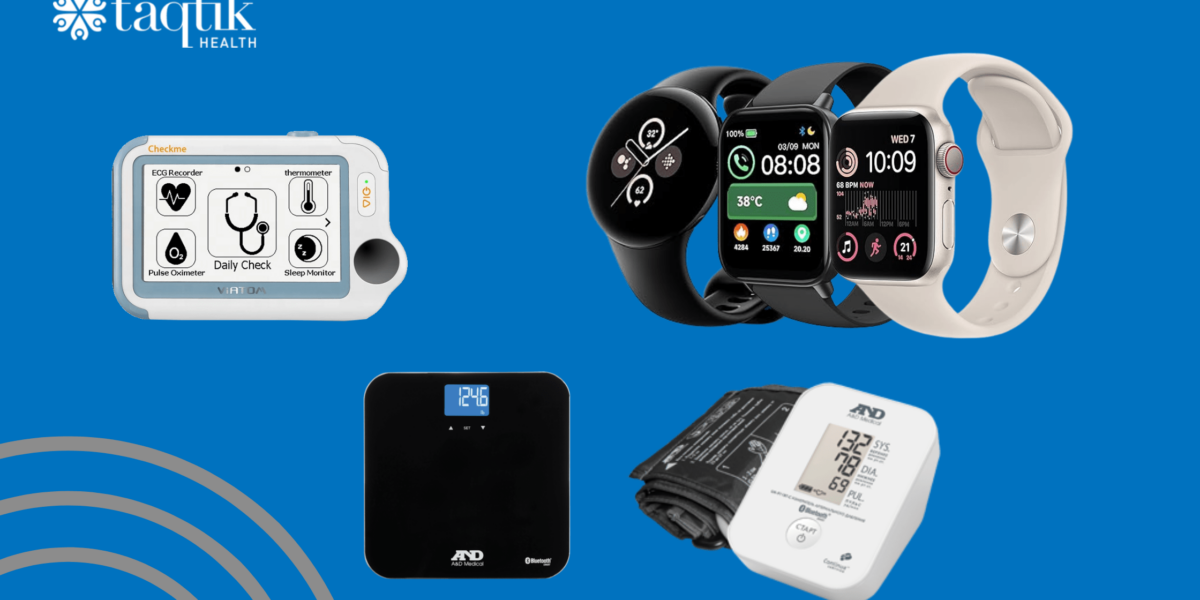HIPAA Compliance in the Digital Era
While specific HIPAA rules govern traditional in-office healthcare delivery, there is a subset of HIPAA particularly relevant in the digital era. Congress planned for the digital transition of healthcare PHI with the subset of the HIPAA legislation called the HIPAA Security Rule.
The HIPAA Security Rule governs the digital flow of data in healthcare delivery. Compliance with these rules requires any PHI created, received, maintained, or transmitted to remain confidential and protected. It requires healthcare providers, no matter their size, to ensure the data is safeguarded from breach or threat. Every employee that comes in contact with digital PHI must remain in compliance with the HIPAA Security Rule.
The challenge of cybersecurity
The problem is that cybersecurity continues to pose a real and danger for digital data. The HIPAA Journal says the typical rate of cyber breach on protected healthcare data is one incident per day in the United States. When you consider that each breach could affect hundreds or thousands of patient records and that each incident costs big money in HIPAA compliance fines, it’s clear that healthcare providers should be increasingly concerned about data security. Data breaches cost healthcare providers an average of $6.5 million annually — and those numbers are rising.
But the cost of one data breach goes far beyond HIPAA compliance fines. When healthcare consumer data is breached, the damage to the clinical provider’s reputation is also high.
It is for all these reasons that HIPAA secure video conferencing is so important to your clinical team. As healthcare providers increase their use of video conferencing to provide care, they must also exercise caution in selecting a HIPAA compliant video platform to ensure patient data is kept safe.




